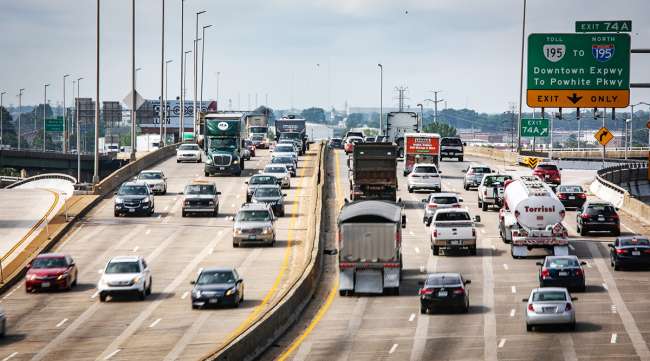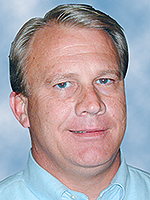Virginia Officials Roll Out I-95 Corridor Improvement Plan

[Stay on top of transportation news: Get TTNews in your inbox.]
Virginia transportation officials recently rolled out an I-95 Corridor Improvement Plan that will identify the top 25% of issues hampering commuters and freight.
The plan will use the data in conjunction with public comment and is based on a joint resolution passed Feb. 22.
The first round of public comments on a study to improve Interstate 95 will end Aug. 21.
The multimodal corridor carries nine million trucks and $195 billion in goods per year, according to the Virginia Department of Transportation.
Some areas of the highway, though, are prone to congestion due to regular traffic flow and accidents, according to the Virginia Office of the Secretary of Transportation, which cited about 3,700 accidents a year and an average clearance time of about two hours per accident.

Bennett
“Obviously we want to see improvements that will reduce congestion and improve safety in the I-95 corridor,” said Dale Bennett, president of the Virginia Trucking Association. Its members anticipate taking advantage of the chance to submit comments.
“[Virginia Department of Transportation] has already reached out to us and we have already asked our members to let us know what areas in the corridor create the most problems for them.”
The highway runs for 179 miles in Virginia, from Alexandria to the North Carolina border.
The group plans to make participating in the plan a priority, just as it did previously during the I-81 Corridor Improvement Plan.
The Commonwealth Transportation Board plans to report findings to the General Assembly in 2020.
“There are many more problems on the 95 corridor than there are resources to try to address them, even when we’re focusing on just the top 25%,” said Nick Donuhue, deputy secretary of transportation. “We want to work with you all, the public, and other stakeholders to then really refine that into what are the most cost-effective and critical [issues].”




